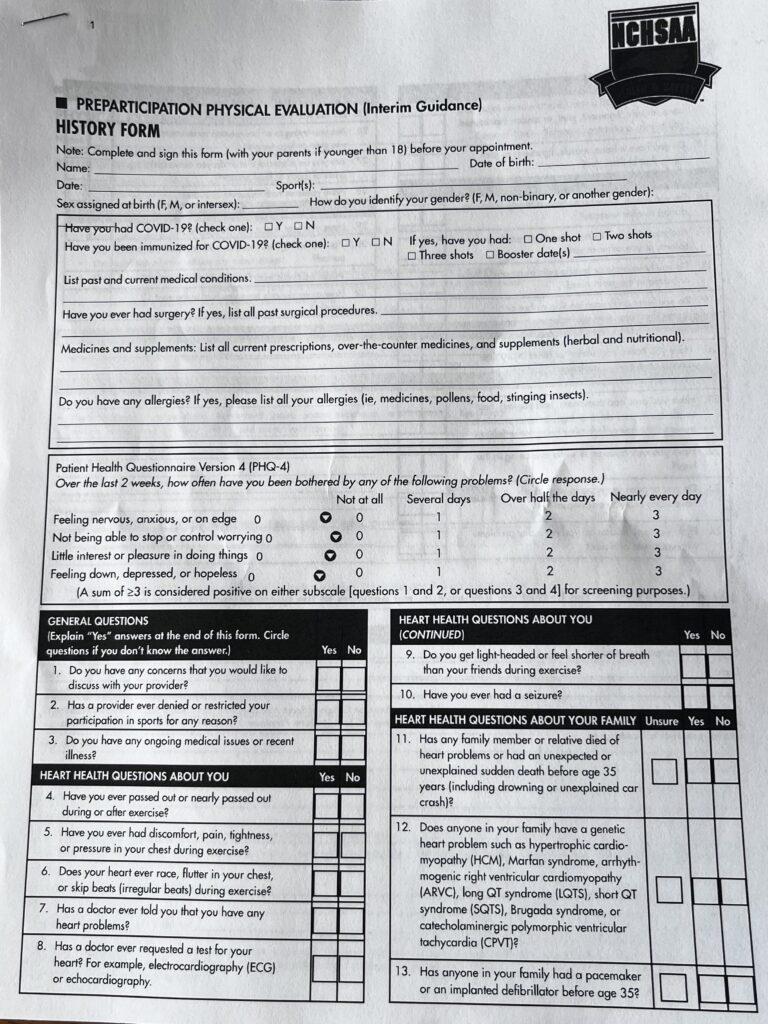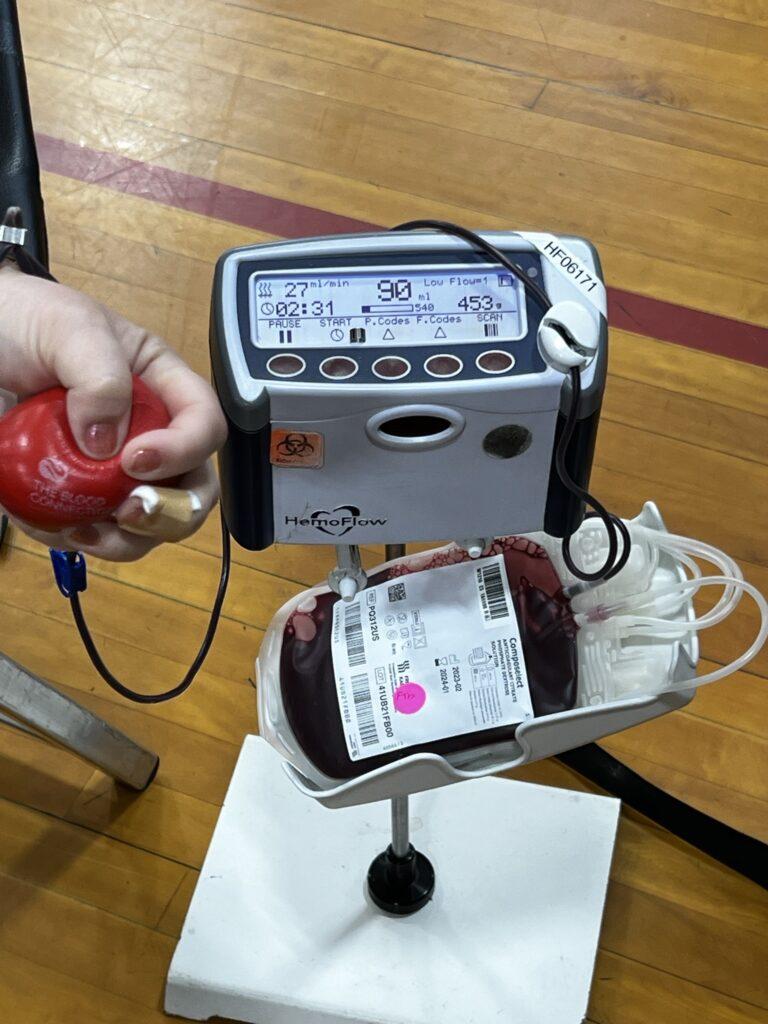Junior Daniel Hough stared at the gas pump and anxiously watched the numbers roll higher. He knew it would be expensive to fill the 15.9-gallon gas tank in his truck, but he did not expect the price to come to a halt at $50. As he hesitantly paid for the gas, he could not help but wonder why the price was higher than normal.
The cost of driving a car can be expensive. According to AAA, the average cost of gas in the United States is $3.75 per gallon. The price of gasoline and diesel is determined by the cost of oil and global demand. The worldwide economic recovery is in progress, so the demand for oil is higher, allowing distributers to charge more. With the instability in the Mideast and North Africa, oil supplies are at risk, pushing the price even higher. Jim Motavalli, writer for mothernaturenetwork.org, said the rise in gas prices can also be attributed to the season because the oil companies are switching over from winter blend gasolines to summer blends.
Insurance can also be costly. The average cost for a premium for one automobile in the area is $550 a year, but that number varies. The cost of insurance for each individual is not only based on the car itself and how safe it is, but also on the person driving.
“To determine the right insurance plan for someone if they’re with another company, we’ll go through their coverage with them and make sure that they understand what they’re purchasing,” John Philips, district sales manager for State Farm said. “We’ll review what their limits mean, and we’ll ask them how they will pay the costs that their insurance doesn’t cover.”
Statistics show the risk factor of being in an accident is based on the experience of the driver, age, gender, and whether or not they are married. According to goinsurancerates.org, the driver’s driving history also affects the cost of their insurance. If the driver has a bad driving history, including tickets and accidents, he or she may pay more for a policy. Living in a high-crime area will increase the price of the policy. What the car is used for and how much it is driven also affects insurance costs.
“If you’re a 16-year-old male driving a GT Mustang convertible, your rates are really high. Teenagers are statistically much more likely to be in an accident and the reasoning behind this is lack of experience and honestly, lack of maturity,” Philips said. “Maturity applies to decisions that you make while driving, and teenagers have a higher likelihood of being distracted while driving.”
For the first three years a person drives, North Carolina mandates that insurance companies charge an additional premium because they are considered “inexperienced operators.”
“The additional premium is highest the first year,” Philips said. “It goes down in your second and third year; beginning in year four, you are rated just like anybody else would be.”
Though prices may be high, there are ways anyone can cut down their spending. According to energytomorrow.org, keeping the car tuned and the tires properly inflated can improve the car fuel economy by an average of one mile per gallon. Using the air conditioning sparingly can raise the fuel economy by as much as two miles per gallon. Senior Ashlynn Landreth tries to be efficient with the amount of gas she uses. “I try to limit backtracking,” she said. “If I need to go somewhere I try to go to multiple places. I try to make a loop instead of going back and forth.”













